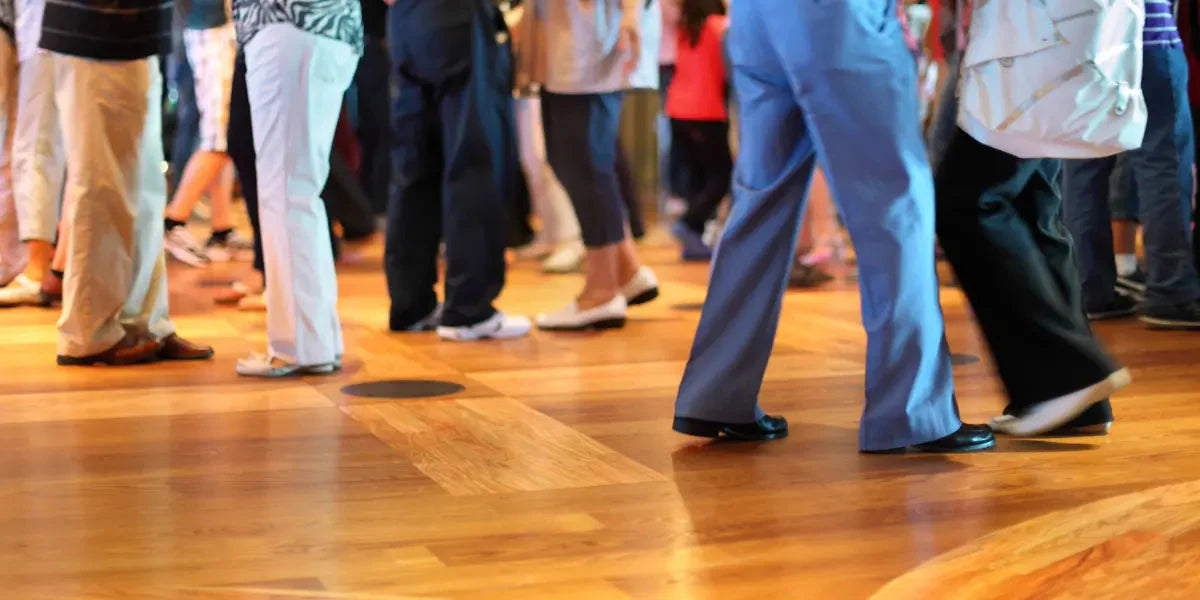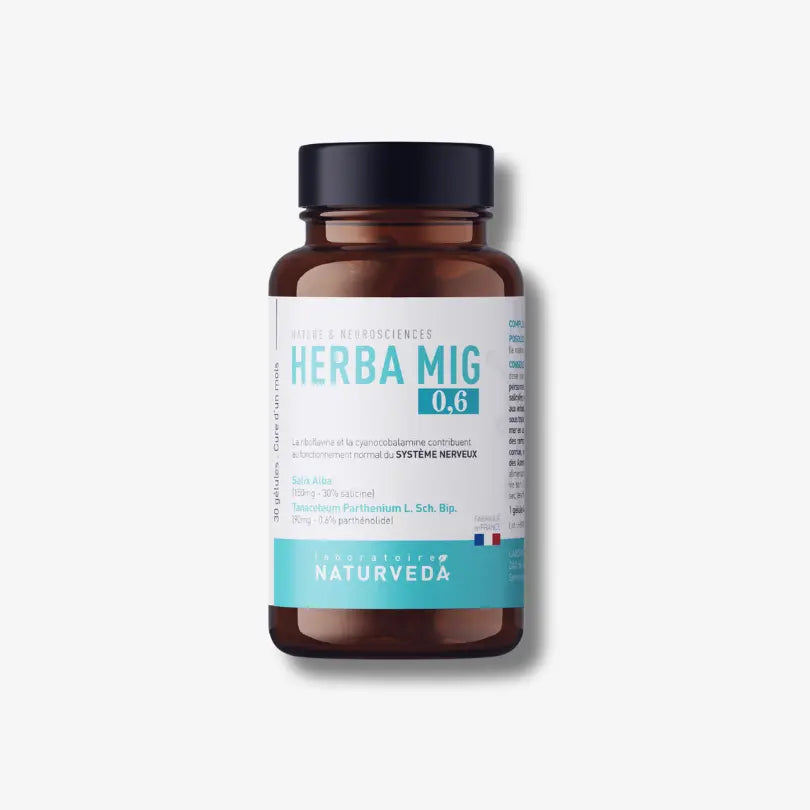Dance, far from being just a means of expression or a leisure activity, is increasingly positioned as a beneficial practice for health and well-being.
The positive influence of dance on mental health
D ancing is not only an enjoyable pastime and a form of artistic expression, it also has significant mental health benefits. Research shows that dance can play a crucial role in managing stress and anxiety.
By dancing regularly, your brain releases a cascade of beneficial neurotransmitters . Among them, endorphins, often referred to as "happiness hormones", are responsible for the feeling of well-being and relaxation that we feel after a good dance session.
Dopamine , another important neurotransmitter, also increases during dance practice. It is associated with the feeling of pleasure and reward, thus contributing to motivation and improving mood. Dancing can also increase levels of serotonin , a neurotransmitter that helps regulate mood, appetite and sleep.
Whether you practice ballroom dancing , hip hop, ballet, or any other form of dance, know that you are doing your mental health good.
Dance: a complete and effective physical exercise
Dance , both an art and a form of exercise, offers countless physical health benefits . It incorporates the use of various muscle groups, which when engaged and strengthened, can help improve your overall fitness. Flexibility is one of the significant benefits associated with regular dance practice. The stretching and movement required to perform the different dance steps can help increase your flexibility over time. Which also helps reduce the risk of sprains and muscle pain .
The repercussions of dance on muscle strengthening and endurance should also be considered. The repetitive movements in dance work a variety of muscles, helping to increase their strength over time. As you dance for longer periods of time, your endurance may improve, giving your body the ability to work longer before feeling fatigue.
Dancing is an aerobic activity , which means it can help improve cardiovascular health . This can lead to a noted improvement in breathing capacity, reduce the risk of heart disease, and improve control of your body weight. Dancing can also contribute to bone health and density, helping to prevent osteoporosis.
The Link Between Dance and Memory Improvement
Dance , beyond simple entertainment, benefits the brain in a way that few other activities can claim. In fact, it contributes significantly to improving memory .
When you dance, the body moves in response to the music in specific movements, which are often learned and repeated. These movements require us to use our memory to remember the correct steps and in the correct order. By repeating these dance steps, we form new neural connections, increasing our memory capacity .
Scientific studies have also shown that dancing can help combat cognitive decline . In a study published in the “New England Journal of Medicine,” frequent dancing was found to significantly reduce the risk of dementia in older adults. For five months, study participants practiced dance classes, after which remarkable improvements were observed in their memory and overall cognitive ability.
Conclusion
Dance, much more than just a form of artistic expression, has been scientifically proven to have positive impacts on our health and overall well-being. Dance, as a physical exercise , promotes endurance, flexibility and balance. It helps improve coordination, muscle strength, posture and bone density. Dance is a great tool for improving mental health .




